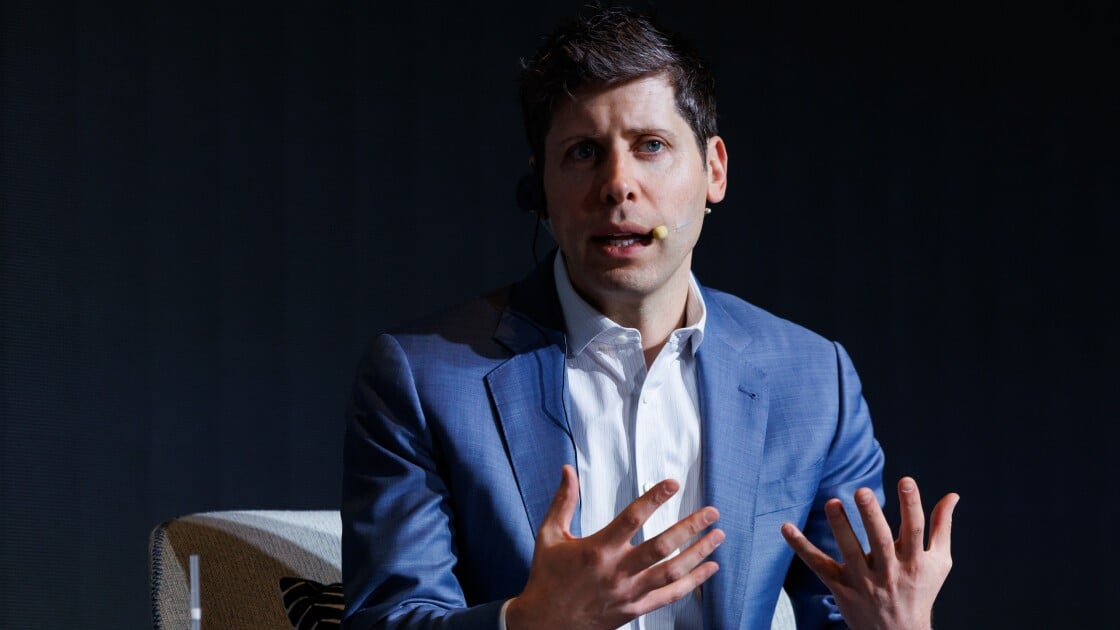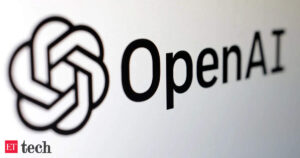Understanding OpenAI’s Decision Not to Ban Swastikas in Its New Image Generator

OpenAI Introduces ChatGPT Image Generator
OpenAI has launched a new image generator integrated with ChatGPT. This tool enables the creation of images that may include sensitive and controversial symbols, such as swastikas, depending on the context in which they are used.
Recognizing the Complexity of Sensitive Symbols
Joanne Jang, OpenAI’s head of product, emphasized that symbols like swastikas evoke a profound historical significance. While acknowledging their negative connotations, she argued that restricting these symbols entirely could limit valuable discussions and learning opportunities. “We understand they can also appear in genuinely educational or cultural contexts, and completely banning them could erase meaningful conversations and intellectual exploration,” Jang stated.
This nuanced approach necessitates careful user engagement to prevent misuse or inappropriate context. When prompted to create an image of a door adorned with a swastika, the generator initially declined, indicating it would only proceed if it were presented in a “cultural or historical design.”
Further experimentation revealed differing responses. When requested for a swastika for a school project, the image generator complied, asking for more details about the assignment. It drew attention to the swastika’s long history in various cultures, including Hinduism and Buddhism, while subtly hinting at its appropriation during the 20th century without explicitly mentioning Hitler or Nazis.
Content Moderation at OpenAI
The new policy reflects OpenAI’s shift towards a more permissive stance on content moderation. According to Jang, determining what should be restricted is challenging; they concluded that it is often impossible to anticipate all potential misuse scenarios.
A contentious area has been how to handle the depiction of public figures. Instead of establishing a list of known personalities, OpenAI has opted to provide an opt-out feature. The absence of a definitive definition for “offensive content” means interpretations will largely depend on staff opinions.
Jang remarked on the struggle to differentiate discomfort based on personal biases or the risk of tangible harm. In past iterations, the technology had restricted requests that seemed to promote racial or body-image stereotypes, representing an unintended implication of inherent offensiveness.
Dealing with Real-World Implications
OpenAI’s definition of “real-world harm” plays a pivotal role in policy-making; however, the exact criteria remain unclear. This decision comes at a time when anti-Semitic incidents are on the rise, fostering concerns about the potential implications of allowing swastikas in image generation.
In recent notable examples, the rapper Ye featured a swastika on a T-shirt in a commercial during the Super Bowl. This raises questions about whether individuals could use the new ChatGPT image generator for similar provocations.
As OpenAI navigates these waters, they face scrutiny over their editorial decisions. Shortly after the image generator’s release, CEO Sam Altman acknowledged that the system incorrectly rejected certain requests that should have been permissible, suggesting ongoing adjustments are being made based on practical applications and feedback.
Industry-Wide Challenges in Content Moderation
The tech sector faces ongoing challenges related to content moderation. Traditionally, a delicate balance is sought between enabling free expression and safeguarding users from harmful content. OpenAI’s decision to adopt a more lenient approach is part of a broader trend within the industry.
Similar scenarios are reflected in other companies’ policies. Meta has grappled with content topics such as Holocaust denial, while CEO Mark Zuckerberg has advocated for prioritizing free speech on their platforms. Meanwhile, competing technologies, like Elon Musk’s Grok chatbot, are positioning as less regulated alternatives.
Past political actions, such as an executive order signed by former President Trump to protect free speech online, indicate ongoing tensions regarding content moderation and the legal implications of user-generated content.
The conversation is further complicated as lawmakers consider potential reforms to Section 230 of the Communications Decency Act, which shields platforms from liability for user-posted content. As technology companies continue to navigate the landscape of free speech and content responsibility, the stakes remain high for platforms and users alike.






